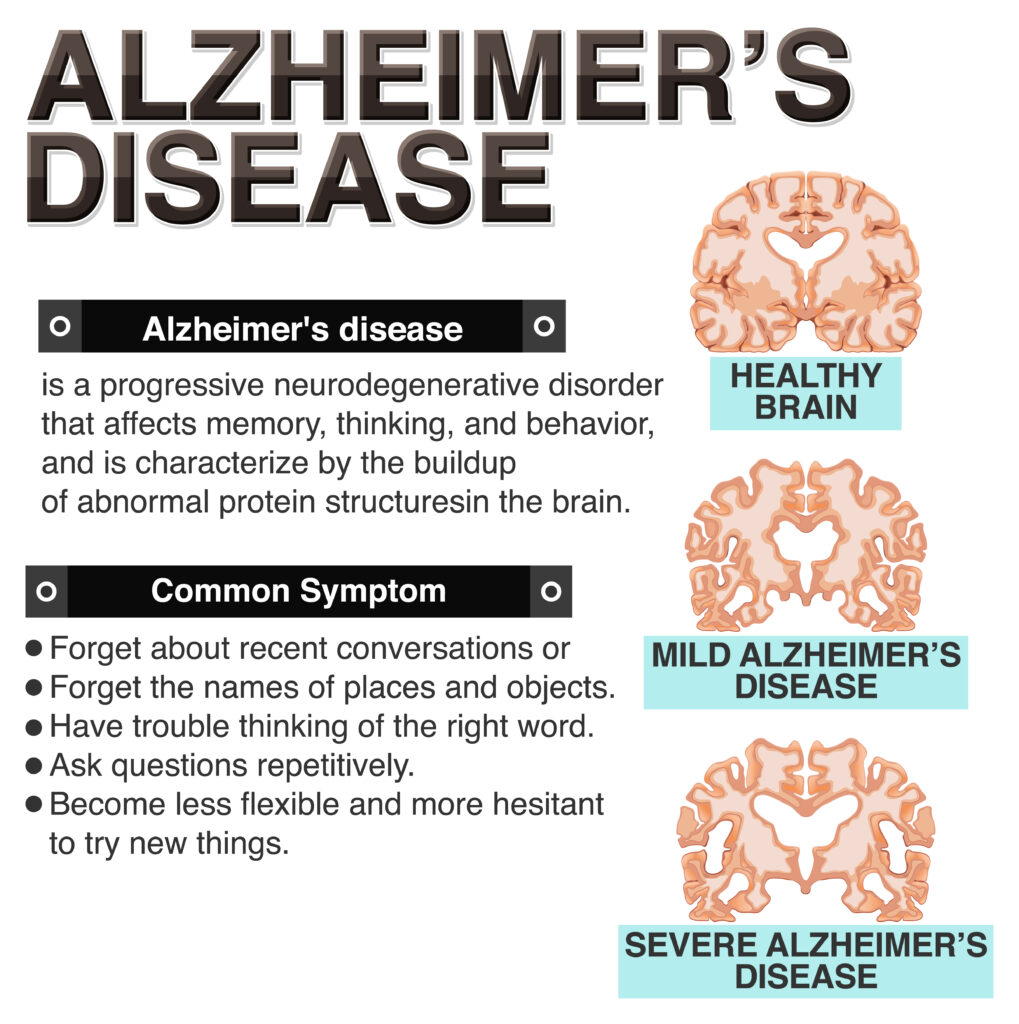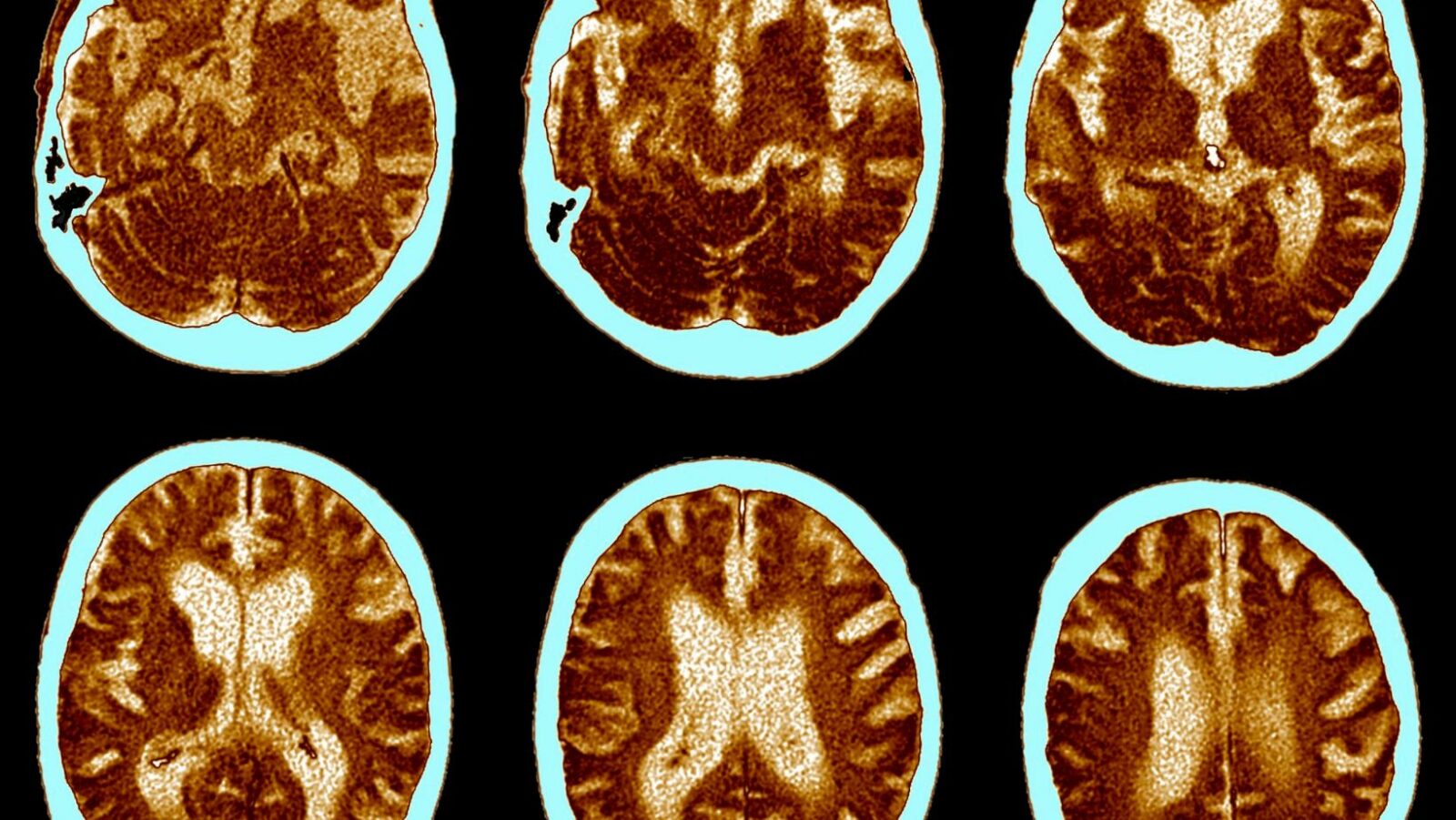The insidious Alzheimer’s disease, which is a brain disease that destroys memory, has been casting massive shadows over many years and this needs to come to an end. Millions of the populations can not get rid of it, don’t have cure and researcher searching for it. A big breakthrough has come about more recently than it was, though; a new variant of a gene could be the “one way” to curtail Alzheimer’s.
Unveiling the Culprit: The Role of Genes in Alzheimer’s
The true cause of Alzheimer’s is still questionable but it is clear that genetics influence the development at least to some extent. For example, inherited gene variations such as the APOE ε-4, which is a fairly common one, have been found to be associated with the development of the disease. Unlike a previously published article, which traced a different side of the same coin — a gene with potentially protective effects — this new study, published in the esteemed journal (for instance, Science), will explore the latter.

The Protective Power of a Fibronectin Variant
The study focused on a specific gene variant within the fibronectin gene (The study focused on the single ventricle subtype). Fibronectin is the protein which is essentially involved in the maintenance of the blood brain barrier (BBB), a tightly l woven network of cells which regulates what comes into the brain.
In this study, one of the fibronectin gene variants has been found to have an effect of a shield against Alzheimer’s disease. It is this form that seems to make the pathogenic fibronectin accumulation less at the blood-brain barrier. One of the characteristically observed in the Alzheimer’s patients.
The study participants who carried this protective fibronectin variant showed:
- Reduced risk of developing Alzheimer’s: The one who had a variant of the gene had a small risk of the disease in comparison to the ones who did not have one.
- Slower disease progression: In those who had the variant of Amnios protein, even the onset, the development of Alzheimer’s was postponed.
These data endow the possibility that this specific gene variation could be an appropriate target of future therapies aimed at functioning with blood-brain barrier and impeding Alzheimer’s disease.
A Long Road Ahead: The Need for Further Research
Such an invention, although very interesting, should not have an even negligible drawback for the community. Here’s why continued exploration is crucial:Here’s why continued exploration is crucial:
- Limited Scope: “The research was done with a sample that was relatively small” Longitudinal studies with larger scale and consecutive sample confirmations must be carried out aiming to confirm these beginning outcomes.
- Understanding the Mechanism: However, having a rather good understanding of this phenomenon, the researchers now have an obligation to explore in depth the particular biological mechanism that is responsible for this gene variant’s protection.
- Development of Therapies: The translation of that new discovery into realistic treatments will, in fact, be a combination of original research and development activities.
A Spark of Hope and a Call to Action
It seems that this is a major breakthrough itself – a discovery of potentially a “protecting” gene. It means another field of research for the Alzheimer’s disease’s combat which scientists can gain better knowledge.
It is a food for hope that this discovery may help find the cure. The research, increased funding, and collaboration is crucial to transform the regulate genetic encoding approaches into operational therapy.
Fight for tomorrow against Alzheimer’s which is still going on – nevertheless this new piece of knowledge brings us closer to the future when this scary disease could be 100% preventable or at least cope-able. The fight should continue to save the millions of victims living with Alzheimer’s.






